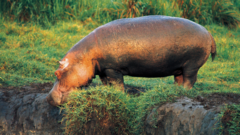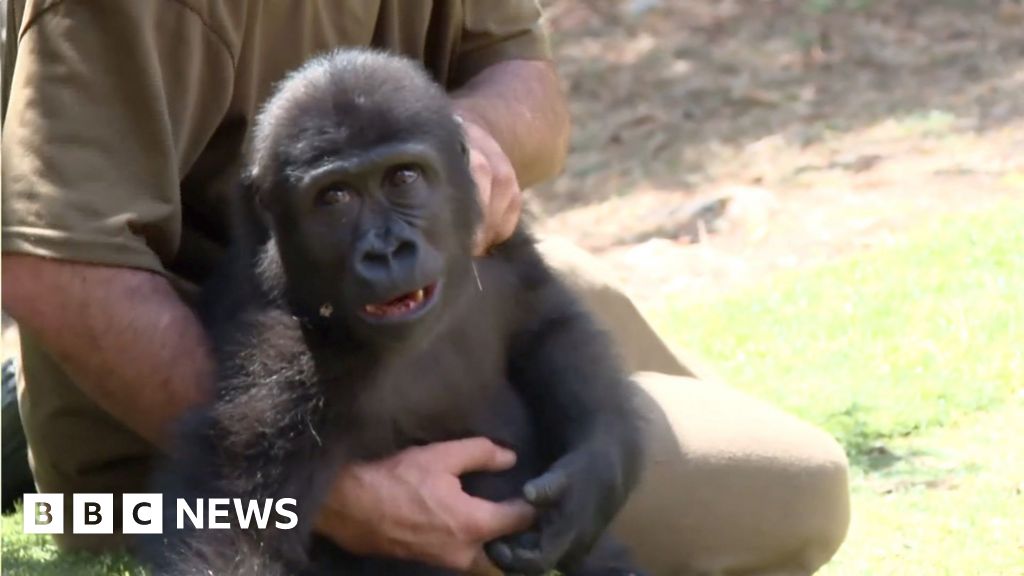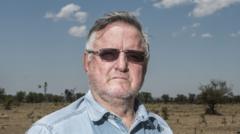At least 50 hippos and other wildlife have died due to anthrax in Virunga National Park, the oldest national park in Africa, according to its director. Images released by park authorities show the deceased animals drifting along the Ishasha River. The troubling trend began last week, with anthrax confirmed as the poison involved, though the specific source remains unknown. Emmanuel De Merode, the park's director, highlighted the logistical challenges faced in retrieving and burying the bodies to prevent further contamination, particularly given the lack of excavators.
"It’s difficult due to lack of access and logistics," De Merode stated, while emphasizing measures to limit the spread of the disease through burial and caustic soda treatment. The Ishasha River flows northward to Lake Edward, where additional dead wildlife has been reported in the vicinity, raising concerns about the potential wider environmental impact.
Anthrax, caused by the bacterium Bacillus anthracis, is lethal but typically does not spread easily among animals. It can lie dormant as spores in soil for years, infecting animals through inhalation or injuries. The Congolese Institute for the Conservation of Nature has advised locals to avoid wildlife interactions and to boil drinking water sourced from local environments.
Spanning 7,800 square kilometers (3,000 square miles), Virunga Park is noted for its incredible biodiversity, yet it faces significant threats from ongoing armed conflicts involving various rebel factions and the Congolese military. The area has seen a decline in hippo populations due to poaching and warfare, which has prompted conservation efforts in recent years to restore their numbers, once exceeding 20,000, to a few hundred. The park, a popular tourist attraction, is also renowned for its efforts in gorilla conservation despite the ongoing dangers.





















